|
Just a light blog for fun with photos of twosomes from moths to moose and ambush bugs to baby goats. Pairs of lovers, friends, foes, mother/child, and siblings; it's all here! Enjoy :) If you want some more moose photos with the male, click here. I captured some last year almost exactly one year ago.
1 Comment
 Look at this gorgeous animal. Gaze long and deep into those eyes. Imagine seeing this in the wild (being at a safe distance) to observe her in her natural habitat. It would be a dream come true for me. And then there are people out there who would aim a rifle at this animal and pull the trigger for the thrill of the kill. It wouldn't be for meat. It would be a trophy kill. What happened in a person's life to grow up and become that person? How does a human take a life like this with not a care or thought in the world? There has to be a lack of connection to life to be able to disregard it so readily, and worse, to celebrate in the loss of another's life as if it's a victory. I know how much all life on the planet fills me with awe and wonder. It's a gift to feel as deeply as I do. I can't imagine feeling as empty as trophy hunter's must feel that the only rush they can get is to blow an animal away. They are missing what makes life so incredibly beautiful and forever soul feeding and magical. I should feel sorry for those people, but I'm not evolved enough yet. I still feel frustration and anger ... I received a copy of the NatGeo book where you'll find my 'cutsie' photo of two chipmunks. The book was published before Rupert Murdoch took controlling interest. I have been inspired by National Geographic since I was a young child when I dreamed of being a photographer for them. It's tragic that their long legacy of standing for science, research, and investigation is now over, for Murdoch’s companies have long stood against all three. On page 46 in the book of Friend's Forever, a National Geographic publication, you'll find the adorable soul mates, Albert & Alberta. They also debuted in the French version of this book last year. Albert is seen below on the window ledge contently walking past my cat at my cabin! Back in 2010, I designed a book with all my furry wild friend called You're Not Alone. It's the perfect gift for a friend or relative who needs a hug and warm thoughts. Albert and Alberta were mates. They did everything together and I enjoyed their company in the wild for several summers in the mountains around my cabin.
"Every orphan of poaching once had a family. As Hugo Guinness' moving animation shows, at our nursery we offer hope, a future and a second chance at life to victims of the ivory trade. " This is their story and I post this with my amazing granddaughter, Aaliyah, in mind. She loves all animals and has been gifted two adopted elephants over the past few years. "Over the past 20 years, tens of thousands of wild orangutans
by Dominique Mosbergen of the Huffingtonpost
It was late evening. The skies were dark and dogs were howling. Into the BOS Nyaru Menteng Orangutan Rescue Center on the island of Borneo rushed a rescue worker cradling a tiny bundle in his arms. He handed over the precious package to the manager on duty. Inside, with a face as small as a mouse’s, was a 3-month-old orangutan. Those who were there that day say there are two things they remember most about their first meeting with the baby ape: her intelligent eyes, big and bright; and her fragile left arm -- half of which was conspicuously missing. The baby’s hand had been hacked off. “Infant orangutans, who ride on their mothers’ stomachs by holding onto their long hair, have incredibly strong grips. They do not let go,” Richard Zimmerman, whose organizationOrangutan Outreach helps facilitate the rescue and rehabilitation of wild orangutans, told The Huffington Post. “The baby’s hand was chopped off -- most likely to pry her off her mother.” Rescuers believe that the infant and her mom had been driven out of their forest home when it was destroyed to make way for a palm oil plantation. Starving, disoriented and too weak to climb, the mother ape was likely walking on the forest floor in search of food when she encountered the humans who would kill her and maim her child. Rescuers named the baby orangutan “Kesi,” Swahili for “child born in difficult times.” That name is apt for many a wild orangutan living today. READ FULL ARTICLE The Yulin festival is not a happy holiday like Christmas, Easter, Thanksgiving or many more. It is a horrible day on June 21 and 22 when many in China torture, kill, and eat 2 million dogs for luck. As a person who loves all animals, I tried avoiding writing this, thinking that it was not important, that I did not need to learn about it just because it was sad. But I was wrong. Just because it was sad it does not make it unimportant. If people felt this way about everything then no one would know about many historical events like the Holocaust, or 9/11/2001?  The dogs are tortured in many different ways. Some are stolen from backyards, then get their legs broken, and are even drowned. Others are lit on fire and burned to death. Many more are tortured in ways that you could not even bear listening to. In China they don’t see a problem with this. We look down on them for killing what we call, ‘’man’s best friend,’’ because we have dogs not only as pets but as family. The truth is they feel the same about animals that we eat because they are more than just part of your dinner. I read a very intriguing story on nytimes.com about how in China that is normal for them and they are confused by the hypocrisy from America because we think it is a horrible thing to do yet we eat cows, pigs, and chickens, their pets! Not all people from China are dog- eaters. There are many people who have helped, for example Fan Bingbing a Chinese actor posted a video online about how eating dogs is wrong. A retired school teacher paid $7,000 to save 500 dogs; there are also many protests that have been going on for months about the Yulin festival. Although this is a sad topic it needs to be learned and shared to spread awareness so maybe one day this holiday will not exist. There are some gruesome photos of skinned dogs and dogs being cooked. I'm not
showing those. You can google for yourself. The photos below if clicked on take you to more pics and more info. I headed out to a very dry field of weeds today to discover some tiny life. I've spent hundreds of hours in the field exploring tiny life. I've learned a lot about many tiny creatures. It's not the kind of stuff you read about in books. It's hands on things from interacting with my subjects. I have often blogged about my personal experiences with them.
I've witnessed brawls, curiosity, fear, happiness (bees diving inside flowers and bathing in the pollen) and fatigue. I would describe them as having personalities, and quite different even within the same species. Others would call it simply their nature. I don't know which it is. I think all this time and observation is what has helped me feel so connected to my bees. By: Sarah A big problem in America and many foreign countries is animals being tested for cosmetics. This is not safe because all of these new products have never been tested before so no one knows if it has dangerous chemicals or not. These chemicals could injure or kill the animals they are being tested on. The most common animals that are used for testing are rabbits, mice, rats, guinea pigs. Monkeys are also used because they carry 94% of human genes so they tend to have the same reactions as people. All of the animals are tested for different things; for example, genotoxicity mutagenicity tests for the beginning stages of cancer. There is also developmental toxicity which is a test for birth defects. Some more common ones include eye irritation, skin irritation, and the most popular makeup. An animal being tested for cosmetics leaves the animal with horrible conditions; many suffer both internal and external damages. The slightest drop of an eye cosmetic has melted several rabbits’ eye corneas. This is very dangerous yet people continue to do it. Luckily we have many contributors who have helped animals being tested like Congressmen Jim Moran who is working on making the entire U.S free of animals being tested for cosmetics and even some foreign countries. An animal being tested for cosmetics is not safe for animals because they have no chance of quitting their jobs like humans can. Humans have different reactions then animals so most of the time is wasted because most animals are more sensitive to products than humans. Sources www.humanesociety www.forcechange.com www.aldf.org www.peta.org www.google.com http://www.mynews4.com/news/local/story/Gov-Sandoval-signs-Nevada-beagle-bill-puts-lab/zeDAoeZ8E0SPa1ueW6CT_Q.cspx http://www.onegreenplanet.org/animalsandnature/cometic-brands-that-are-not-cruelty-free/ IN RELATED NEWS"The Beagle Bill"  In Nevada, a bill sponsored by Democratic Sen. Mark Manendo, a huge friend to animals, was very recently signed into law by Governor Sandoval that requires private labs and those run by colleges and universities to offer animals up for adoption before euthanizing them as long as they are healthy enough to go to a new home. It's a small step in the right direction. Prior to the bill, beagles and other dogs were killed after they suffered through horrendous product testing. Hate Animal Cruelty? You Should Probably Avoid Using Or At Least Research More on These Cosmetic Brands: To read the full article on these companies click here. 1. AVON
2. LOREAL 3. GARNIER 4. OLAY 5. NUTRIGENA 6. M.A.C. COSMETICS by Sarah Americans can be separated into three groups when it comes to raccoons. The first group is neutral. These people don’t hate raccoons or love them. Then there are those who want to make them into hats and would like to shoot them whenever they get the chance. The last group cares; you know the ones who have cute stuffed animal raccoons and cry when one dies in a movie. My goal for this article is to make sure you are part of this last group that loves raccoons.  Raccoons are great! They have beautiful, big eyes, covered by a “mask”, giving them a burglar look. They have thick, gray, and brown fur with a ringed tail. They eat a lot of fish, seeds, nuts, eggs, birds and trash, depending on where they live. Raccoons can weigh 15-40 pounds! They have a hunched over back because they have longer back legs than front. Raccoons are not good at getting along with other animals because they are very territorial. There have been reports of raccoons fighting animals from cougars to dogs. They generally live only 1-3 years in captivity, but can live as long as 20 years. Despite their odd behavior they are often kept as pets, which is not the best idea. Raccoons can bite and scratch when they become adults and most people don’t understand how much attention and care they need. They can be taught to use a kitty litter, but they are mischievous and will keep their owners very busy. It’s best, in my opinion, to leave raccoons in the outdoors and where they are free to live in the wild. Types of Raccoons There are seven species of raccoons. The most common is the North American Raccoon. Another species is the cozumel “pygmy” raccoon. These raccoons are adorable. They are tiny, fluffy, big-eyed raccoons that are sadly endangered. They are only found on one island in the entire world, off the Yucatan peninsula. Also there are only about 500 pygmy raccoons left in the world. The reason for this is that people have been taking their habitat from them and they have no way to get off the island, also they are prey to many animals from cats to cobras. They are also prone to diseases. Nothing has been done to save these poor helpless creatures. Other species of raccoons include the crab-eating raccoon and the cacomistle raccoon. Why people consider Raccoons to be Pests Raccoon are sometimes seen as pests. They maraud through trash, hide, attack and occasionally chew through walls. According to Quora.com, raccoons are hated because they are smart and so they can break into garages and dig in yards. They are clever and know how to survive. They are also disliked because they are aggressive, challenging other animals and humans. But other than aggressively searching for trash and chewing, people also don’t like them because they can be very destructive. They can do a lot of damage to a lawn, garage, or even inside a house. However, this is not a reason to hate them! Sadly, raccoons are being hunted for their fuzzy fur and even their meat. People wear thick, warm hats made from raccoon fur. Most upsetting is the fact that these precious animals are being hunted for sport all over the United States. Raccoon hunters like hunting raccoons because it gives their dogs a real challenge when hunting. The raccoons will lead the dogs all over the forest by sneaking all over and sometimes even going into a stream or river to block their scent. In conclusion, raccoons are smart, funny, fascinating animals. They should not be considered pests just because they are smart and clever. Left alone in their natural habitat, this cleverness comes in handy. However, this cleverness is not appreciated by most humans when they are sharing the same habitat. I hope you are now part of the “loving raccoons” group! My Idea To Help Endangered Cozumel RaccoonsApril 2, 2015
Chicago Zoological Society 3300 Golf Rd, Brookfield, IL 60513 Dear Chicago Zoological Society Members, My name is Sarah and I am 10 years old. I really enjoy visiting the Brookfield Zoo and I love animals. I have an idea that will save the endangered species of the Cozumel Raccoons. These adorable raccoons are not surviving on their island because of many things, habitat loss, being fed junk food by tourists, not being able to escape hunting on their tiny island and more. The Cozumel Raccoons (or as most know them The Pygmy Raccoons) could have their own exhibit decorated like the Cozumel Islands, their natural habitat. Not only will it help save the Pygmy Raccoons, many people will want to visit the Brookfield Zoo seeing you will be the only zoo in the world with Pygmy Raccoons. I have come up with a fundraiser idea to help pay for the exhibit, “Pizza for the Pygmy Raccoons”. People could pay a certain amount for pizza at the Brookfield Zoo, and after pizza they could check out all of your other fascinating exhibits. If you would like to know more about the Pygmy Raccoons you could see my article about Pygmy Raccoons at www.foralltheanimals.com. If you are interested please contact me at [email protected]. Thank you! Sarah |
Blogs by
Betsy Seeton and many young writers. Categories
All
Archives
November 2017
CLICK TO ENLARGE
|





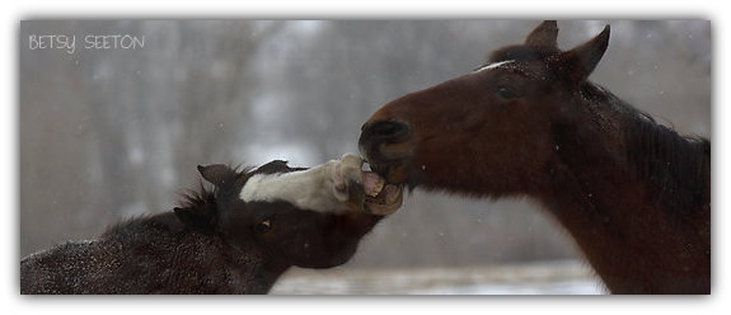






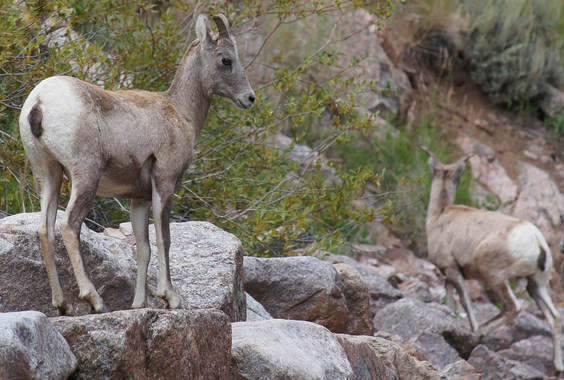

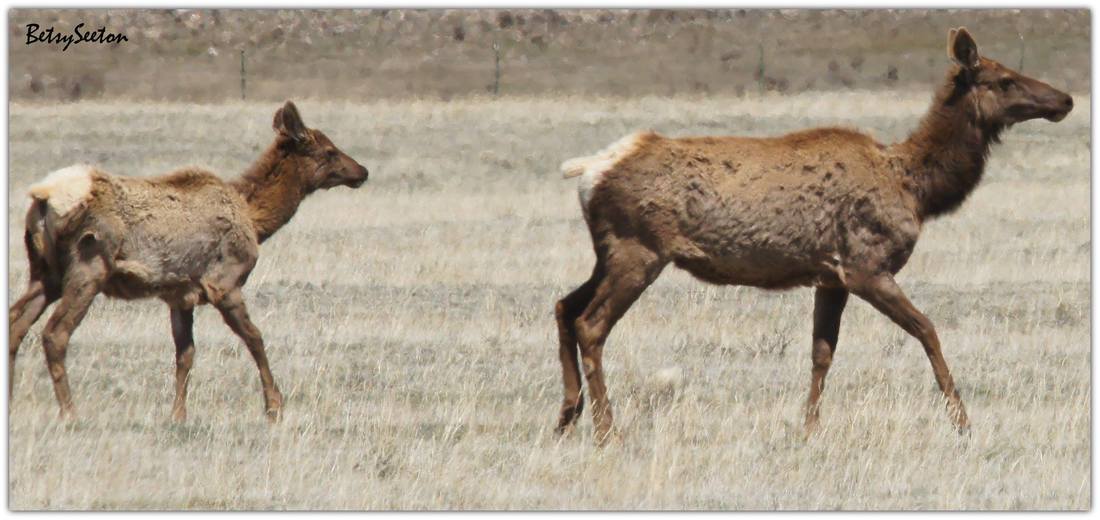
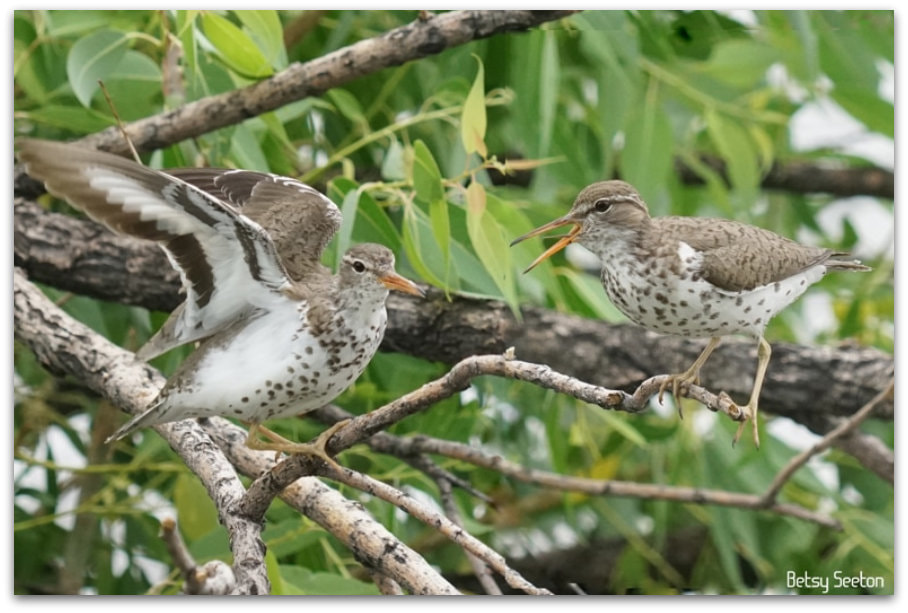



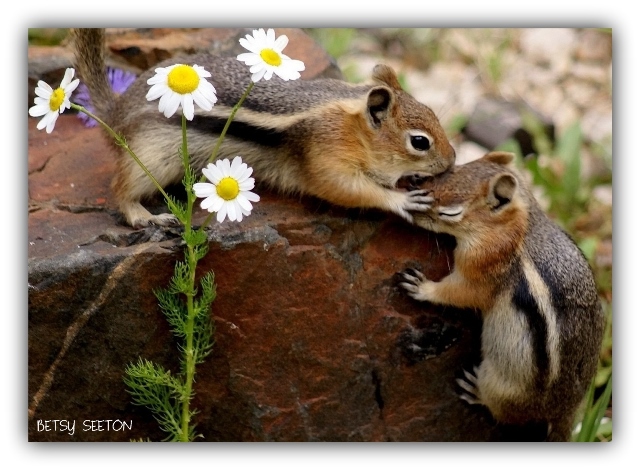















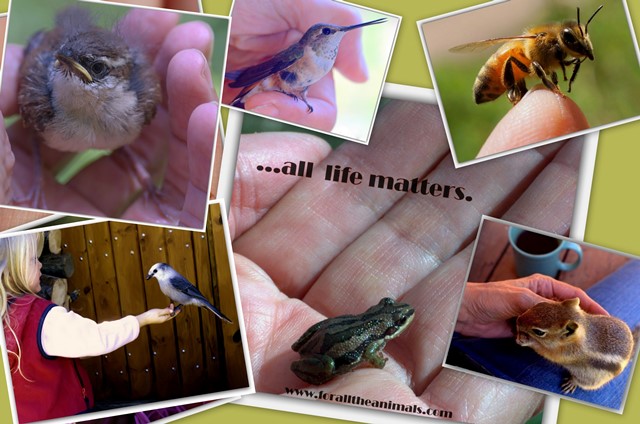


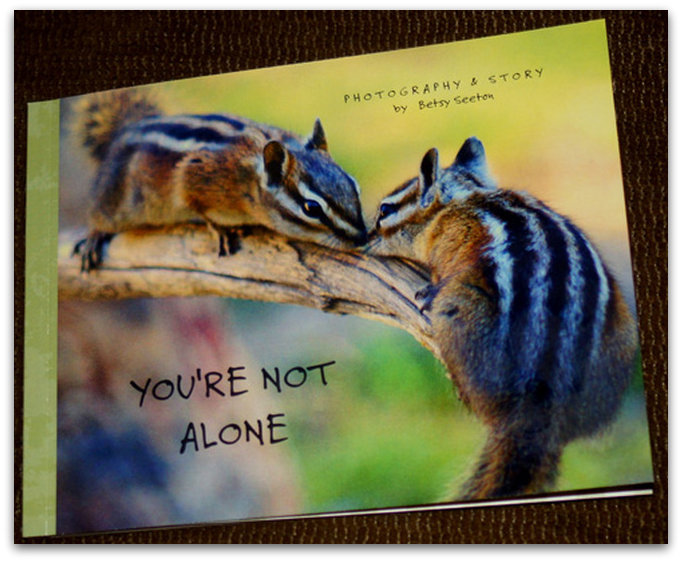

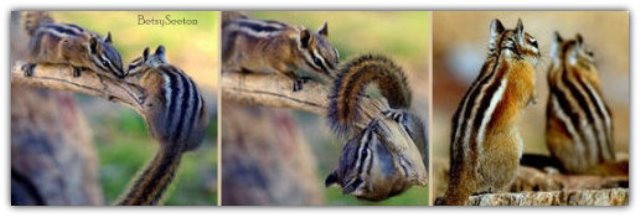




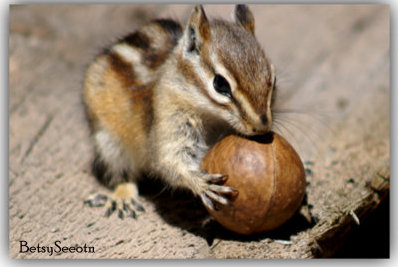
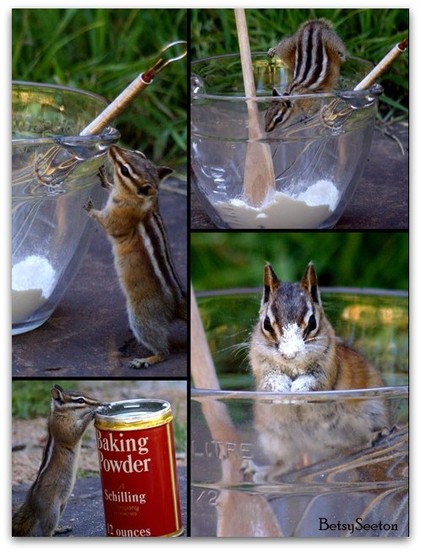














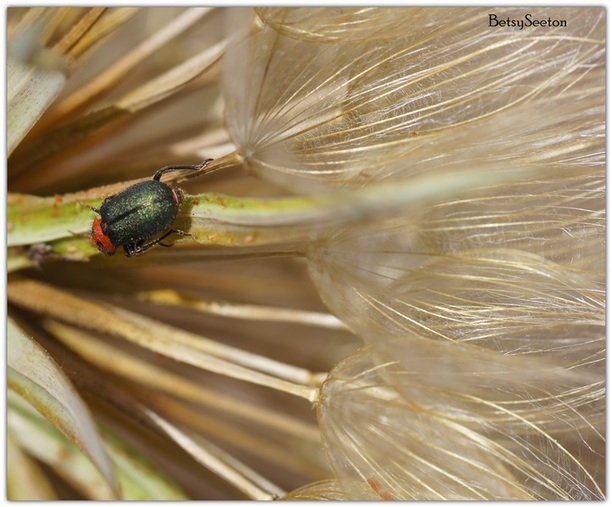










 RSS Feed
RSS Feed

